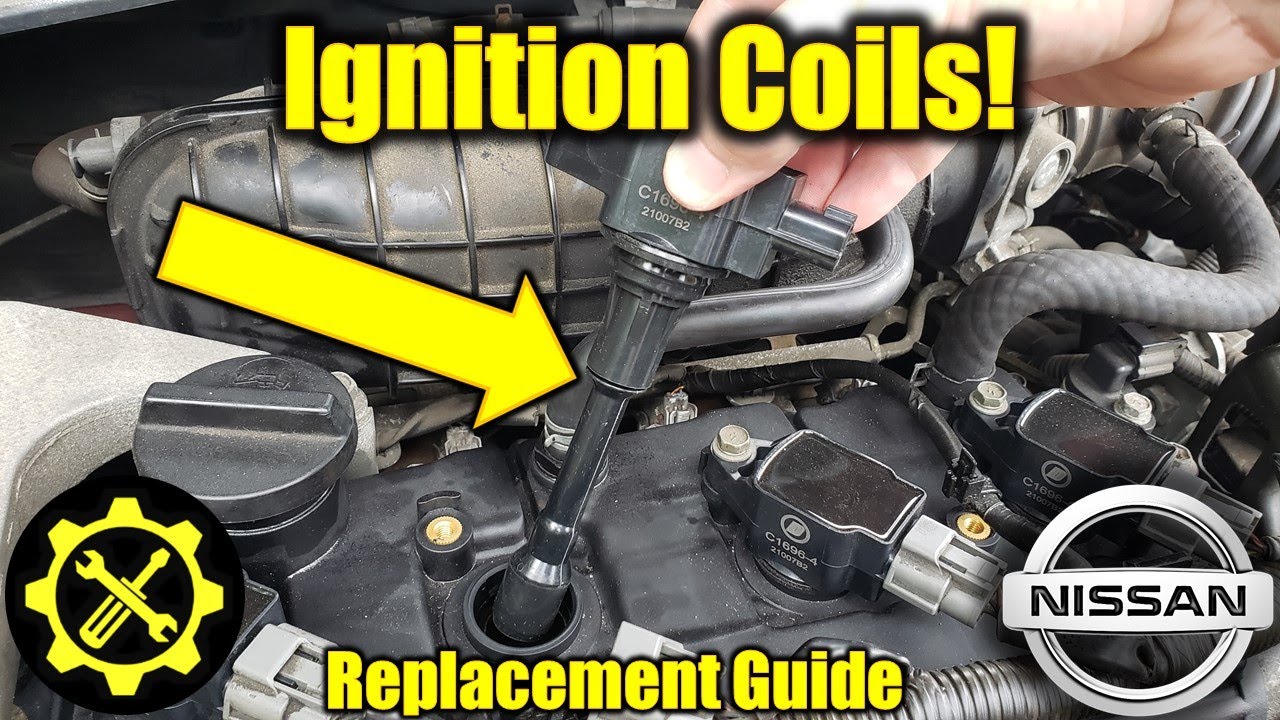The Check Engine Light On, Poor Fuel Economy, Backfiring, Misfiring Engine, Hard Starts and Stalling, Sounds of Spluttering and Coughing, and Jerking and Vibrating are all signs of a failing ignition coil. Loss of Power is one of the first signs.3 Eyl 2021
When Should I Replace My Nissan Altima Ignition Coil?
Ignition coils are susceptible to heat damage and electrical overload, both of which can result in partial or complete failure…. Misfiring, loss of power, and poor acceleration. Once the car is running, a bad ignition coil can result in poor engine operation.
| It is one of the most curious topics of users: | Nissan altima ignition coil replacement |
| After that, the second most searched topic is: | 2005 nissan altima ignition coil diagram |
| And with this, another curious topic: | Nissan altima ignition coil replacement cost |
How Long Do Ignition Coils Last On A Nissan Altima?
The majority will travel at least 60,000 miles.
Note: In addition to the information we have provided in our article on 2005 nissan altima ignition coil problems, you can access the wikipedia link Here, which is another important source on the subject.
What Are The Most Common Problems With A 2005 Nissan Altima?
The engine shutting down while driving, the floor rusting out, and rough transmission shifting are all fairly serious issues with the 2005 Altima. Engines shutting down while driving are the most common issue at approximately 85,000 miles… A rusted floor pan is another issue at approximately 115,000 miles.Daha fazla öe…•13 Nis 2022
How Do You Test A Nissan Coil With A Multimeter?
Set the multimeter to the 200 Ohms range, attach the positive and negative probes to the same coil terminals, and check the multimeter for a reading. Depending on the model, a value between 0.3 and 1.0 ohms indicates that the coil is functional.
Can You Test An Ignition Coil With A Multimeter?
The primary and secondary circuits of an ignition coil need to be checked. To get a reading from the primary circuit, connect the multimeter to the ignition coil’s negative and positive terminals. If the multimeter shows a reading of 0 ohms, the ignition coil has shorted and needs to be replaced.
How Many Ohms Should A Ignition Coil Have?
The primary winding has an ohmic resistance of approximately 0.2–3.0 k, while the secondary winding has an ohmic resistance of approximately 5–20 k, and the primary to secondary winding has a winding ratio of 1:100. The technical structure of the ignition coil may vary based on the application area.

